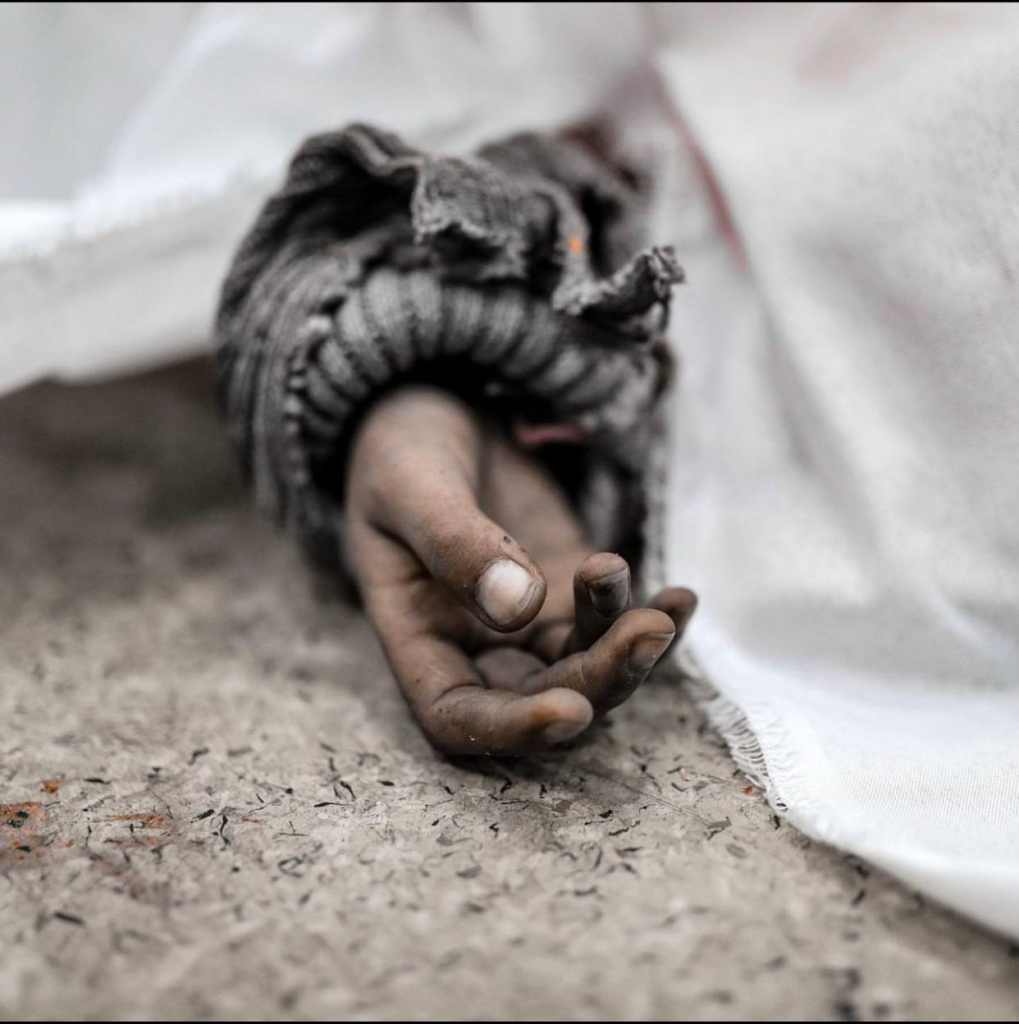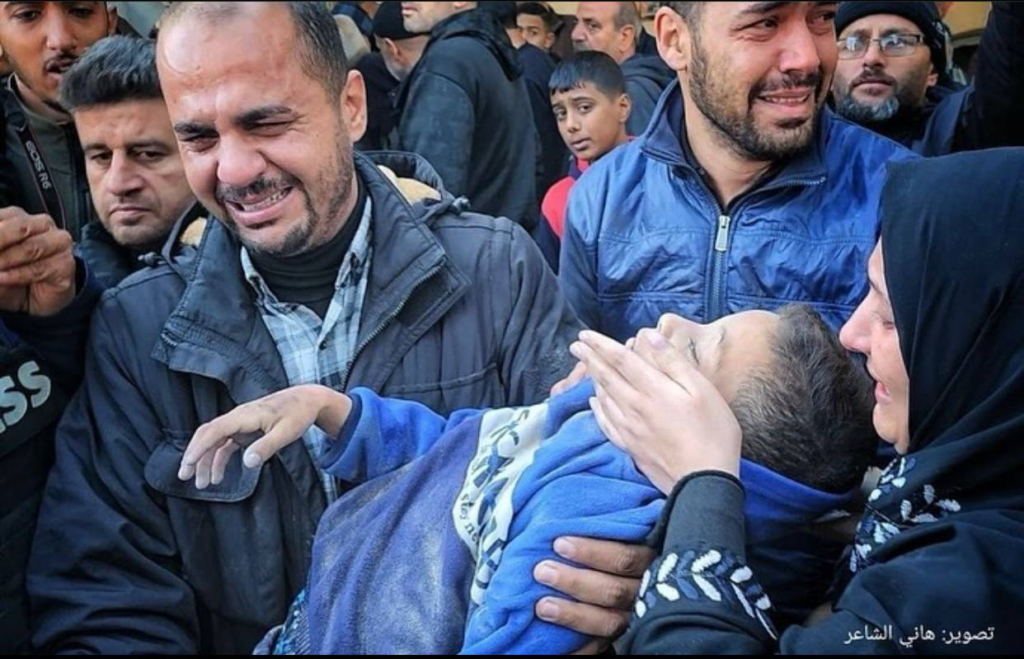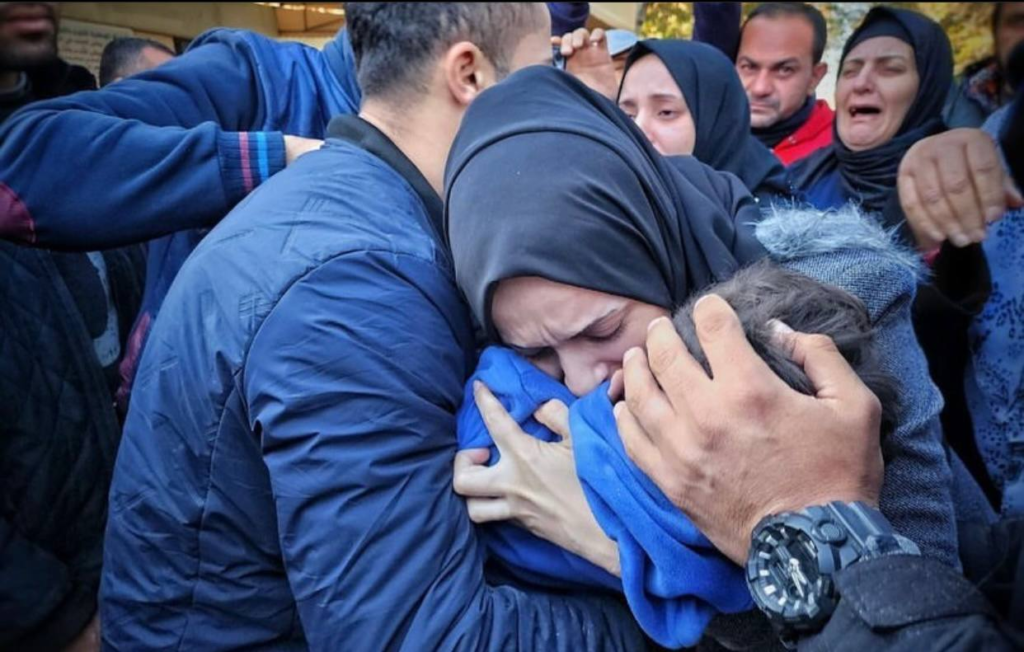Understanding the Palestinian Genocide: History, Struggles and Resilience

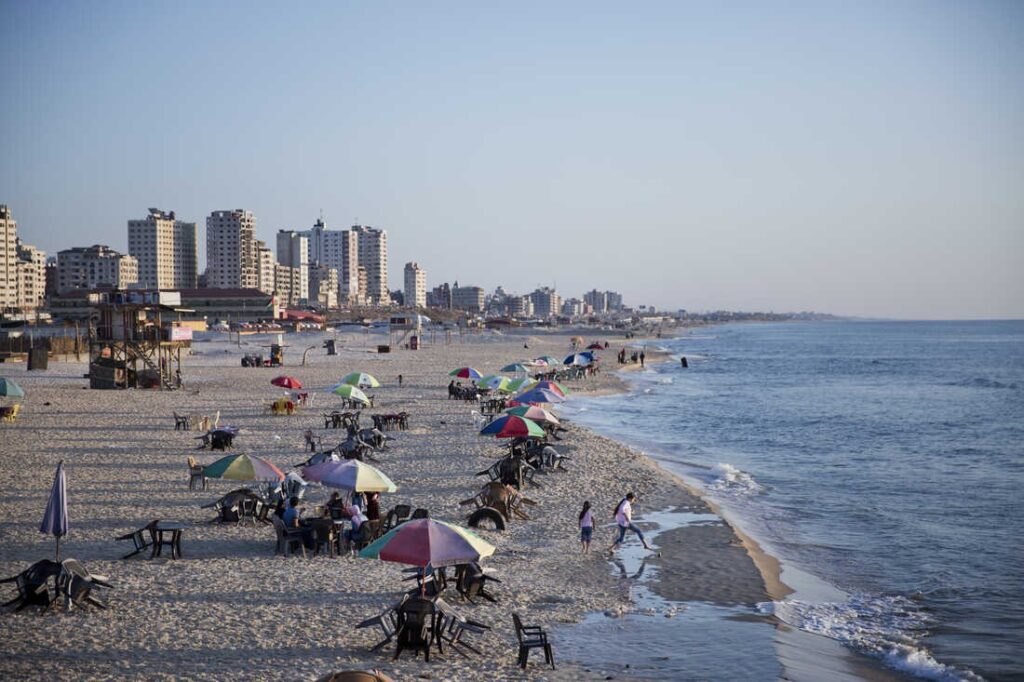
The destruction of Gaza

Welcome to our educational platform dedicated to providing insight into the Palestinian crisis. Our goal is to shed light on the historical and ongoing struggles faced by the Palestinian people.
This website explores key aspects of the Palestinian situation: the Nakba of 1948, the impact of settlement expansions, the ongoing conflict in Gaza, and the implications of these events in terms of international law.
Join us in exploring these critical issues to gain a deeper understanding of the Palestinian plight and the quest for peace and justice.
The Nakba (The Catastrophe)

Nakba’, an Arabic word meaning ‘catastrophe’, symbolises the profound tragedy that befell the Palestinian people in 1948. This section aims to illuminate the historical events of the Nakba, underlining the massive displacement and suffering endured by Palestinians.
Historical Context
Pre-Nakba Palestine: Before 1948, Palestine was a land of diverse communities. Palestinians, predominantly Arab, lived alongside Jews, Christians, and others, in a region with a long, rich history.
Balfour Declaration and the British Mandate: The roots of the Nakba can be traced to the Balfour Declaration of 1917 and subsequent British Mandate, which set the stage for increased Jewish immigration to Palestine, often creating tensions with the local Arab population.
UN Partition Plan: In 1947, the United Nations proposed a Partition Plan, recommending the division of Palestine into Jewish and Arab states. This plan was met with mixed reactions, ultimately leading to increased violence and conflict.
The 1948 Exodus
Following the declaration of the State of Israel in May 1948, war broke out. This conflict led to a large-scale exodus of Palestinians from their homes.
Approximately 700,000 Palestinians were displaced during this period. Many fled or were expelled from their homes, resulting in a massive refugee crisis. The loss of homeland and disruption of Palestinian society were profound and enduring
The Nakba did not just represent a single event but an ongoing experience of displacement, loss of property, and statelessness for Palestinians. Its legacy continues to affect Palestinian society and the broader Middle East conflict.
As we reflect on the history of the Nakba, it’s crucial to acknowledge the enduring impact of these events on generations of Palestinians. Understanding this history is key to comprehending the ongoing Israeli-Palestinian conflict and the quest for a lasting and just resolution.
Settlements and Forced Displacement
Settlement expansion in Palestinian territories has been a point of significant contention and has profound implications for the Israeli-Palestinian conflict. This page explores the history, current status, and effects of these settlements on Palestinian communities.
History
Jewish settlements in the West Bank began soon after the Six-Day War in 1967. These settlements were initially few but grew over time, often supported by various Israeli government policies.
According to the United Nations and various international bodies, the expansion of Israeli settlements in the occupied Palestinian territories is considered a violation of international law, specifically the Fourth Geneva Convention.
Current State of Settlements
There are more than 750,000 Israeli settlers who live on stolen Palestinian land, with over 131,000 Palestinian homes demolished that have been demolished to accommodate settlers since 1948.
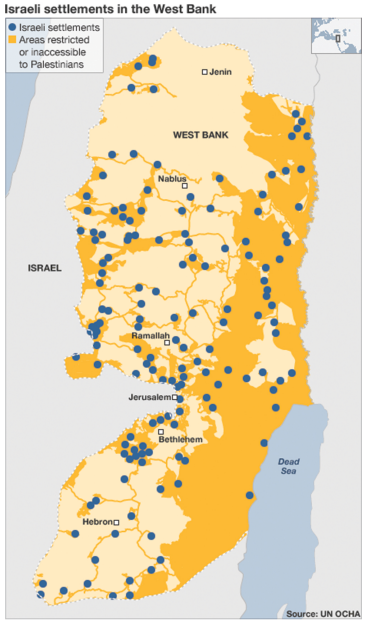
Impact on Palestinian communities
The expansion of settlements has led to reduced access to land and resources for Palestinian communities. This includes limitations on agriculture, water access, and economic activities.
Settlements and accompanying infrastructure, such as roads and checkpoints, have significantly impacted the freedom of movement for Palestinians, affecting daily life, access to services, and economic opportunities.
The presence of settlements has also been a source of violence and heightened tensions. There are frequent reports of confrontations between settlers and Palestinian residents, often resulting in casualties and property damage.
Humanitarian and Legal Perspective
Human rights organisations have documented numerous issues related to settlements, including displacement, discriminatory policies, and violations of Palestinian rights.
The international community, including the United Nations, European Union, and various NGOs, have repeatedly called for a end to settlement expansion and highlighted its role in undermining the prospects for a two-state solution.
The Gaza Conflict
The Gaza Strip, a small but densely populated region, has been a focal point of the Israeli-Palestinian conflict for decades. The recent escalation of violence in Gaza has had tragic consequences, with a disproportionate impact on civilian infrastructure. Essential buildings, including schools, hospitals, residential areas, and places of worship, have suffered extensive damage due to relentless bombardment. This level of destruction raises grave concerns about the humanitarian implications and echoes the harrowing narratives of ethnic cleansing. Among the most heart-breaking outcomes is the impact on children, many of whom have become casualties, tragically caught under the rubble of collapsed structures. The rising death toll paints a stark picture of the crisis.
Below, we present a collection of uncensored videos and images from Gaza. These visuals provide an unfiltered glimpse into the reality on the ground. Please be advised: the content is graphic and may be profoundly distressing. Viewer discretion is strongly advised.
